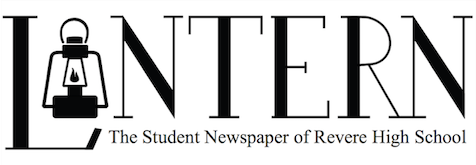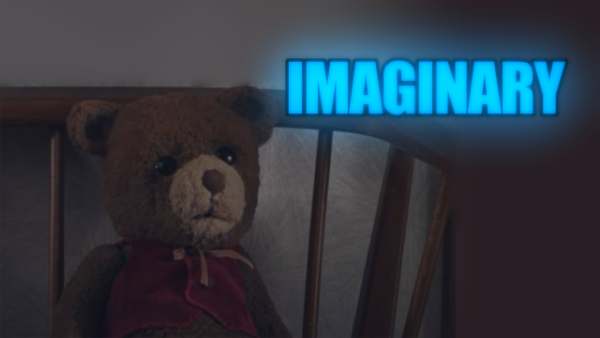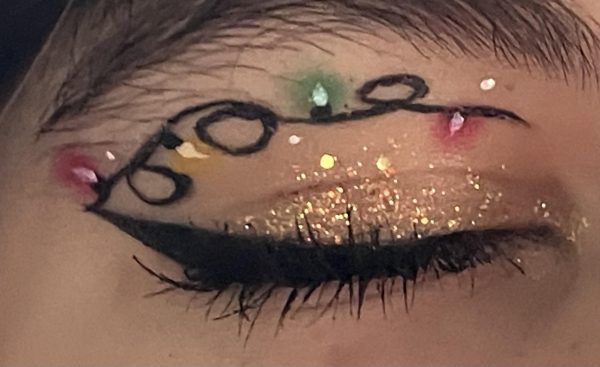Standard curriculum neglects cursive handwriting

Flashback to second-grade me: boundless energy, negligible height, questionable haircut, missing several teeth and possessing a peculiar talent for running face-first into every stationary object imaginable. (Who put that doorframe there, anyways?) It was during this, ah, eventful period of my life that I was first introduced to cursive handwriting. I admit that I was skeptical at first. (“Those are not letters. Those are squigglies.”) I knew adults used it, though, and so I was determined to master it; after all, adults got to stay up later, watch more TV, and eat more dessert. In my eyes, they had it made, and I wanted a piece of the pie (literally). I practiced and kept practicing, eventually refusing to write in print unless absolutely necessary. Eleven years later, that same stubbornness persists – my print handwriting remains curiously second-grade-esque – as I find myself a rare keeper of a dying art.
In part, the disappearance of cursive handwriting has come about as a result of the creation and use of country-wide education standards known as the Common Core. Developed in 2009, the Common Core State Standards are a uniform set of learning goals designed for United States K-12 students in mathematics and English language arts and literacy. Cursive is not included within these standards, and therefore students are no longer required to learn it.
Currently, the standards are in use in forty-two states, Washington, D.C., and four U.S. territories. While Common Core does not necessarily prohibit cursive instruction, the program’s required goals, combined with increased testing and greater use of technology in the classroom, exhaust time and resources that could otherwise be used to teach cursive. Despite having adopted Common Core standards, however, some states have shown interest in making cursive a mandatory skill taught in their schools. As of March 2015, Arkansas passed a law that cemented cursive in school curriculums across the state.
Thus, the debate continues. In today’s technologically advanced society, is cursive no more than a distant relic of ages past? Should we continue its instruction or allow its ultimate extinction?
Frankly, I do not believe this should be a question. Yes, we still need cursive, and no, it is not just because my print leaves something (legibility) to be desired; it provides substantial mental benefits to those who use it. According to Psychology Today’s Dr. William Klemm, cursive handwriting develops the brain’s ability to “integrate visual and tactile information, and fine motor dexterity.” In addition, research cited by TIME Magazine suggests not only that those who write longhand are better at generating ideas and retaining information, but that children who simply learn cursive score higher in reading and spelling tests as well.
I understand that our society is shifting towards technology and all its perks, and I fully support teaching keyboarding and computer operation skills, but we do not have to abandon our pasts entirely to move forward. Cursive writing is an integral key to our various histories; great-grandpa’s war journal and granny’s famous chocolate chip cookie recipe will not be any help if we cannot read them, will they? What of our country’s founding documents? Yes, I realize that numerous electronic copies exist, but anyone who has ever played a game of telephone knows that the further information gets from its source, the greater the likelihood of that information being altered, intentionally or otherwise. Also, the idea of having to teach cursive translations as if they were an entirely different language is, in my opinion, an extremely depressing thought; the resulting knowledge gap would be infuriating. Is that the Declaration of Independence or my old A.P. Government notes? It will not matter, because no one will be able to read either of them. Did LeBron James actually sign that basketball you just spent your life savings on, or did you just commit to a life of spray cheese and ramen noodles for nothing? It could go either way. Does the U.S. Constitution actually say that you have to eat your vegetables, or is your mom just making that up? I guess you will never know. Hope you like lima beans, kids.
In all seriousness, I believe that students should learn cursive handwriting. Once they are old enough to make their own decisions, allow them to do so; whether they continue to write in cursive or not, at least they will have the opportunity to pursue it and the ability to read it if necessary. Then maybe, just maybe, no one would have to take several hours writing in painstaking print on various forms anymore. A teacher’s edits could reduce confusion instead of making it worse. Signatures might even contain a few actual letters once in a while. Hey, I can dream, right?




